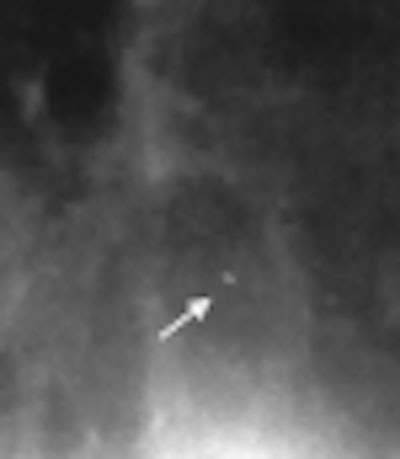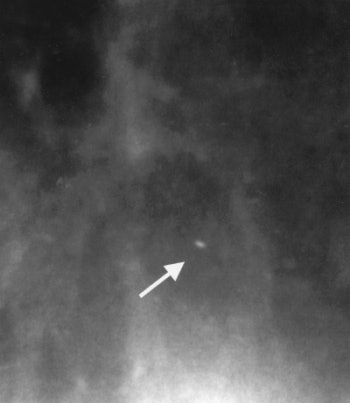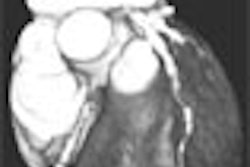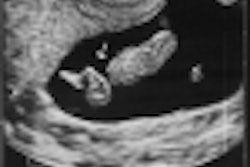
The dozens of radioactive seeds implanted in and around cancerous prostate glands during brachytherapy can slip into the nearby vascular system and migrate to other organs, according to a presentation at the 2001 American Urological Society meeting in Anaheim, CA.
"Fortunately, none of these patients has reported any symptoms. Nor have we found any evidence of malignancy around the site of the seeds in the lungs," said Dr. Murali Ankem, a resident in urology at the Robert Wood Johnson Medical Center, University of Medicine and Dentistry of New Jersey in New Brunswick.
Nevertheless, Ankem said that patients who have seeds that show up on x-rays should be watched closely, especially if they develop an unexplained cough. Ankem scrutinized the medical records of 83 brachytherapy patients. Of those, 57 had undergone subsequent chest x-rays, and 21 of those x-rays showed the tiny seeds."I would recommend that anyone who has these seeds migrate to the lungs should have chest x-rays at least once a year to make sure no lesions develop," Ankem said. He said that virtually all the radioactivity in the seeds -- which are about 5 mm long and about as thick as a human hair -- is dissipated within 60 days of implantation. The seeds' half-life is about 17 days, he said.
Ankem said that about 80 to 100 of the seeds are implanted in and around the cancerous prostate. Occasionally, some of them migrate into the nearby vascular system surrounding the prostate. If the seeds fall into the venous system, the blood flow will eventually take the seeds to the lungs or other organs. He said that the seeds are so small -- and so far so harmless -- that it would not be prudent to attempt to remove them.
 |
brachytherapy seed. Image courtesy of Dr. Murali Ankem.
"We have had reports of these things turning up all over," said Dr. Caleb Nelson, a resident at the University of Michigan Medical Center in Ann Arbor.
Dr. William Choi, a resident in urology at King's College, London, said that because brachytherapy remains controversial in the eyes of many cancer specialists, the seed migration finding may cause doctors to re-think the use of the therapy in prostate cancer patients.
By Edward SusmanAuntMinnie.com contributing writer
June 18, 2001
Related Reading
Brachytherapy not innocuous for patients with localized prostate cancer, June 7, 2001
Side effects of brachytherapy for prostate cancer comparable to other treatments, April 27, 2001
Use of brachytherapy not supported by published data, April 12, 2001
Brachytherapy for prostate cancer improved by computer model, February 21, 2001
Patients with permanent prostate brachytherapy seeds pose no radiation threat, December 26, 2000
Click here to post your comments about this story. Please include the headline of the article in your message.
Copyright © 2001 AuntMinnie.com



















